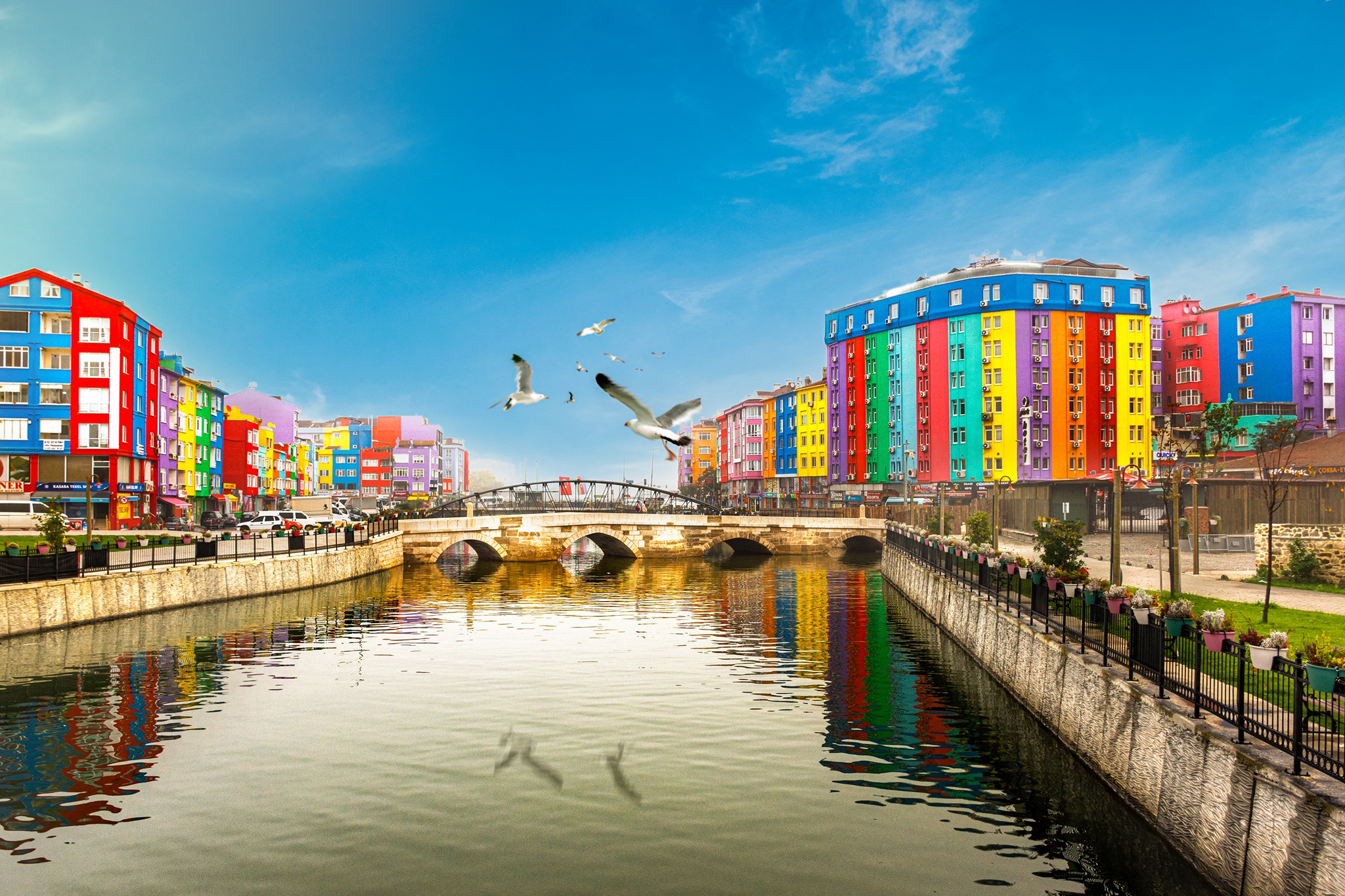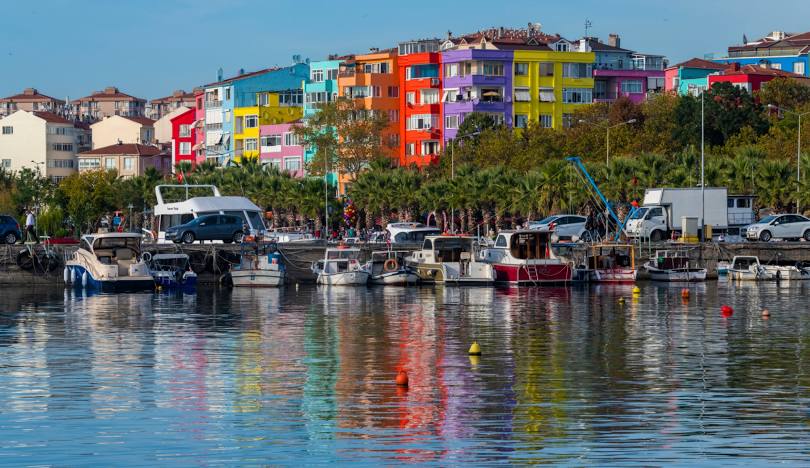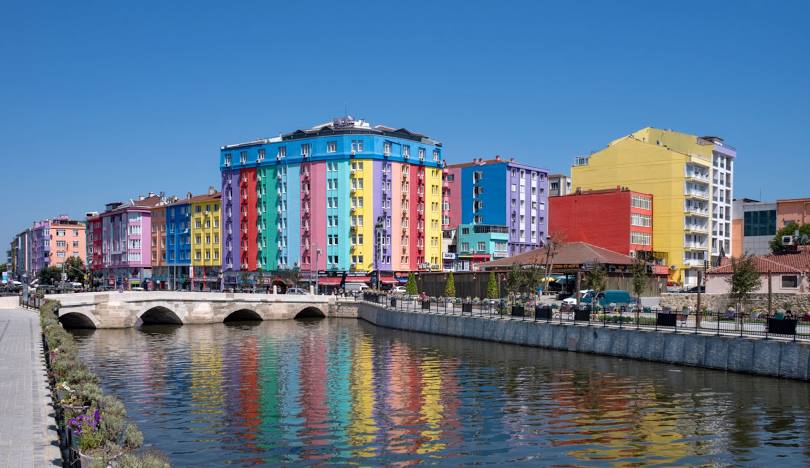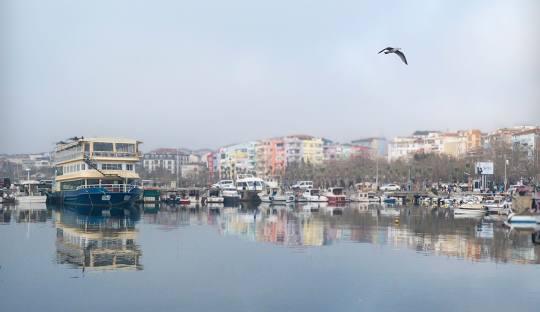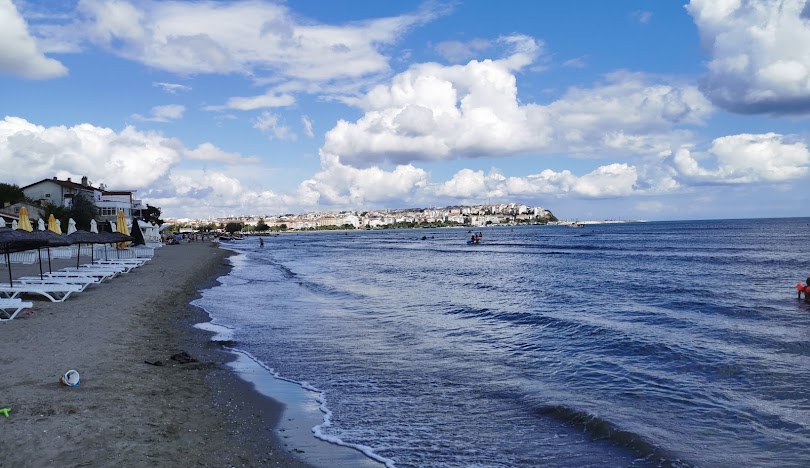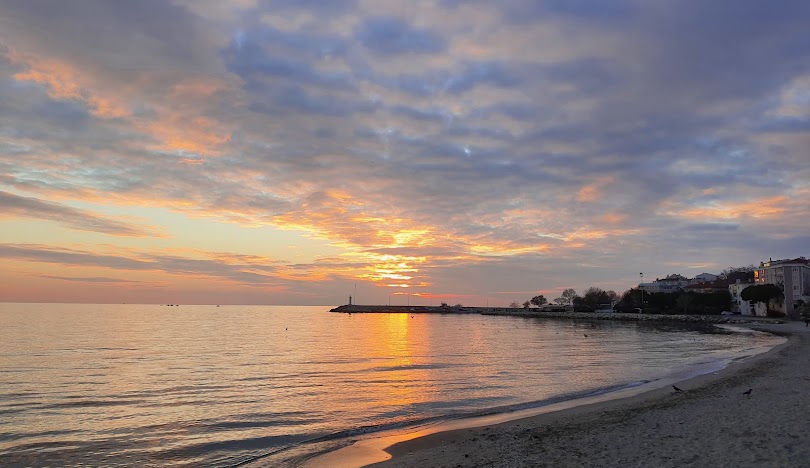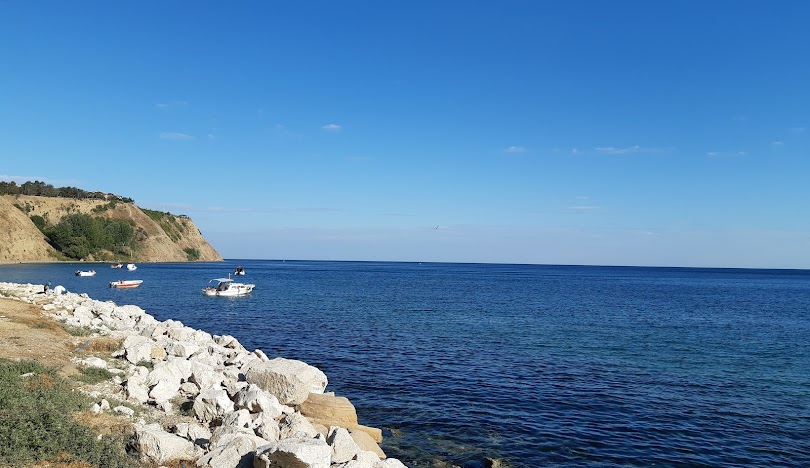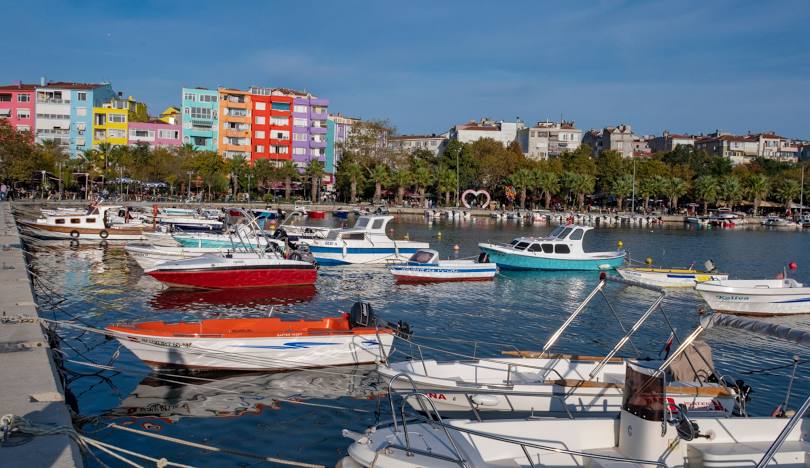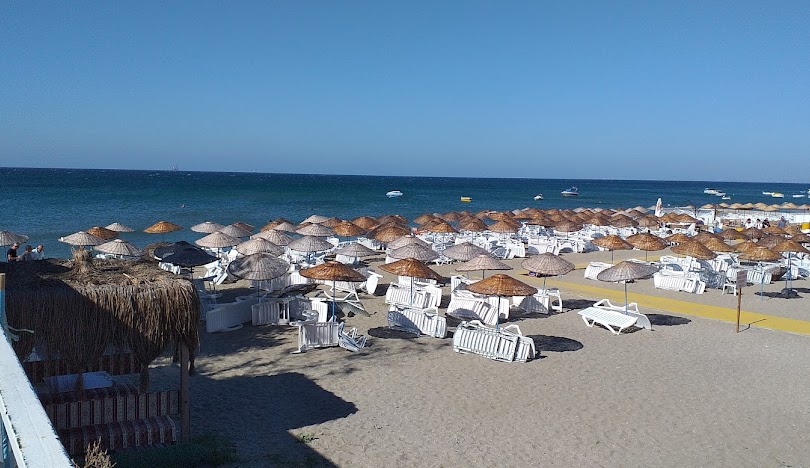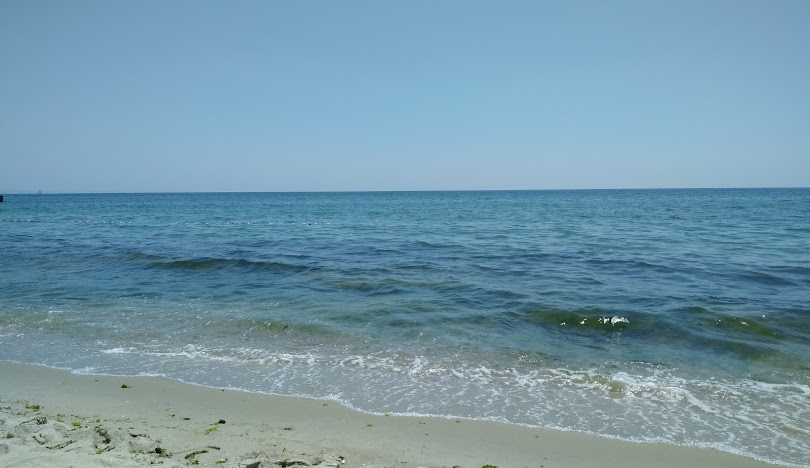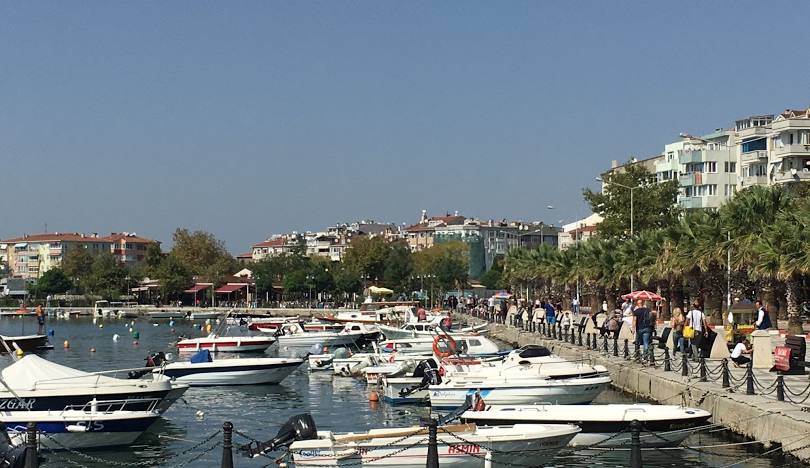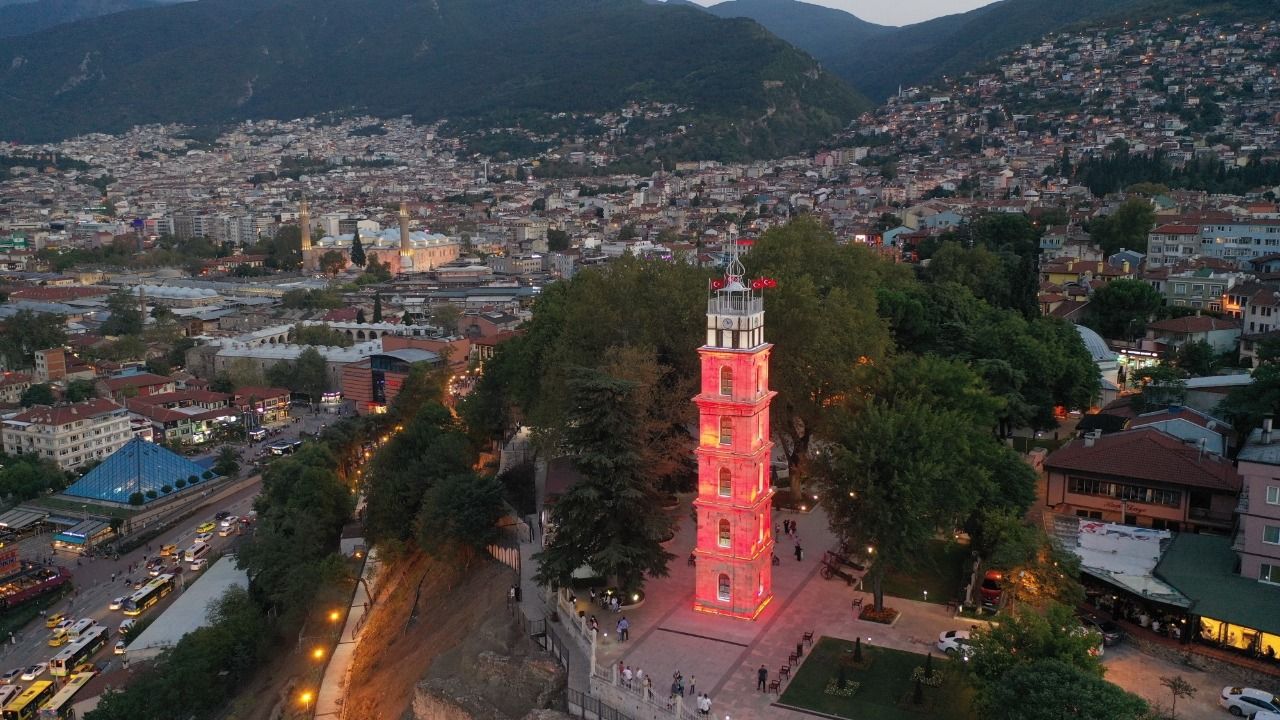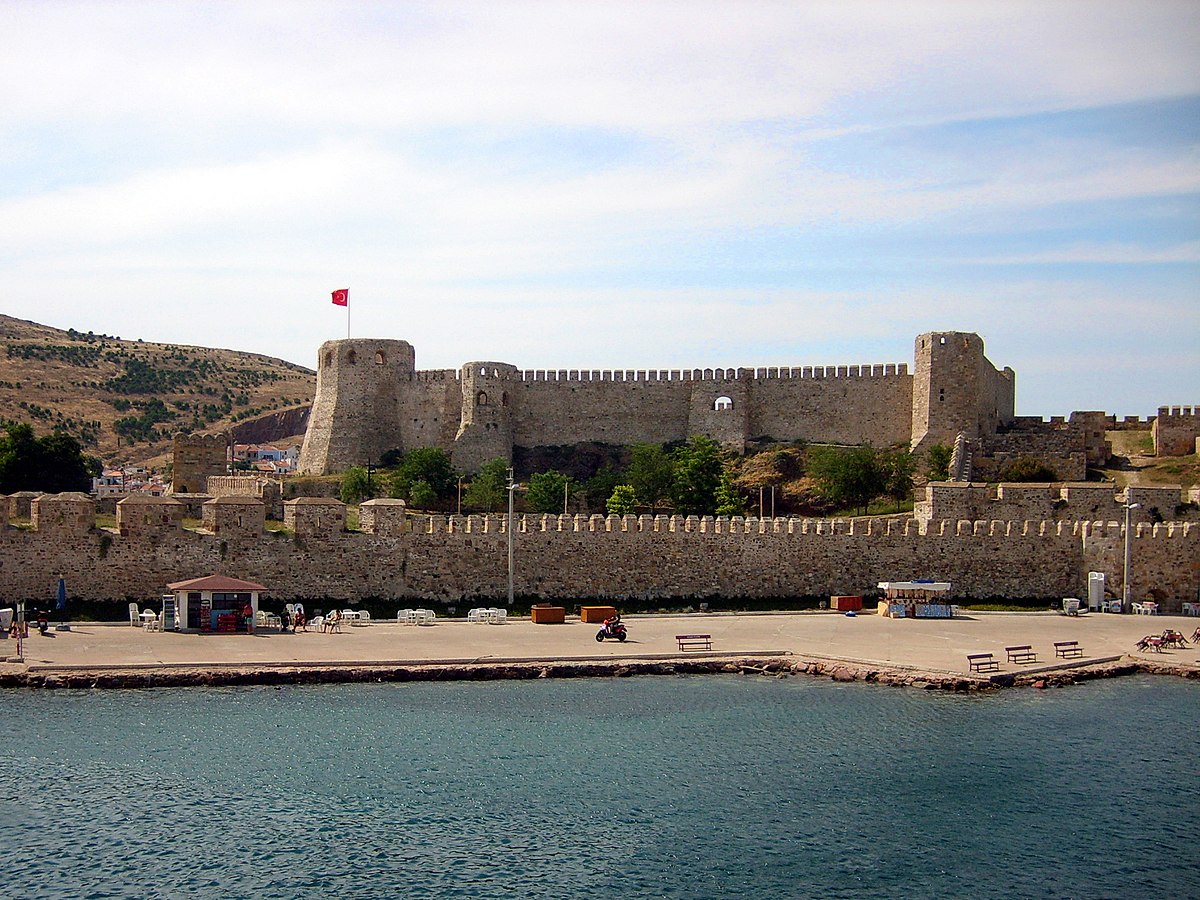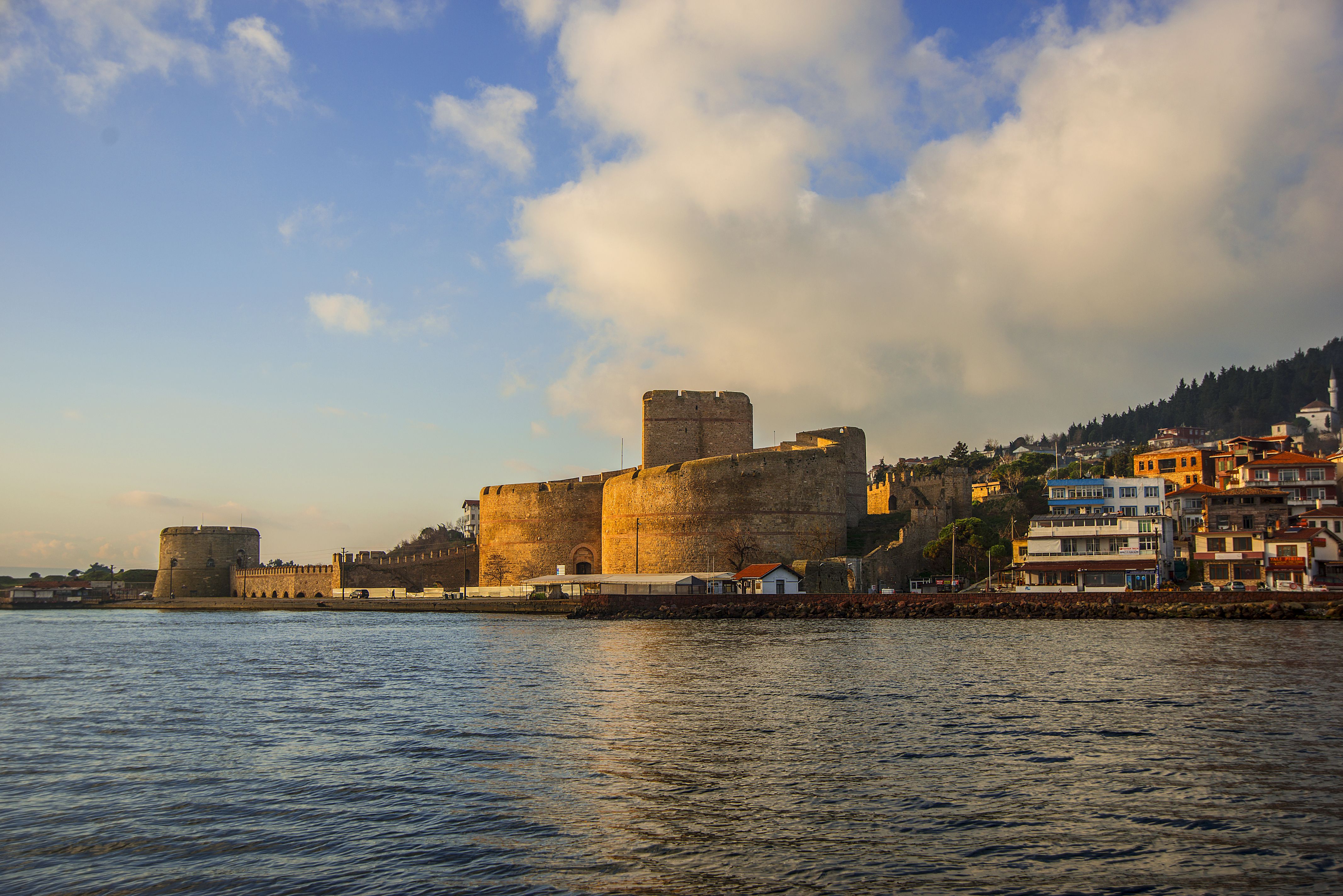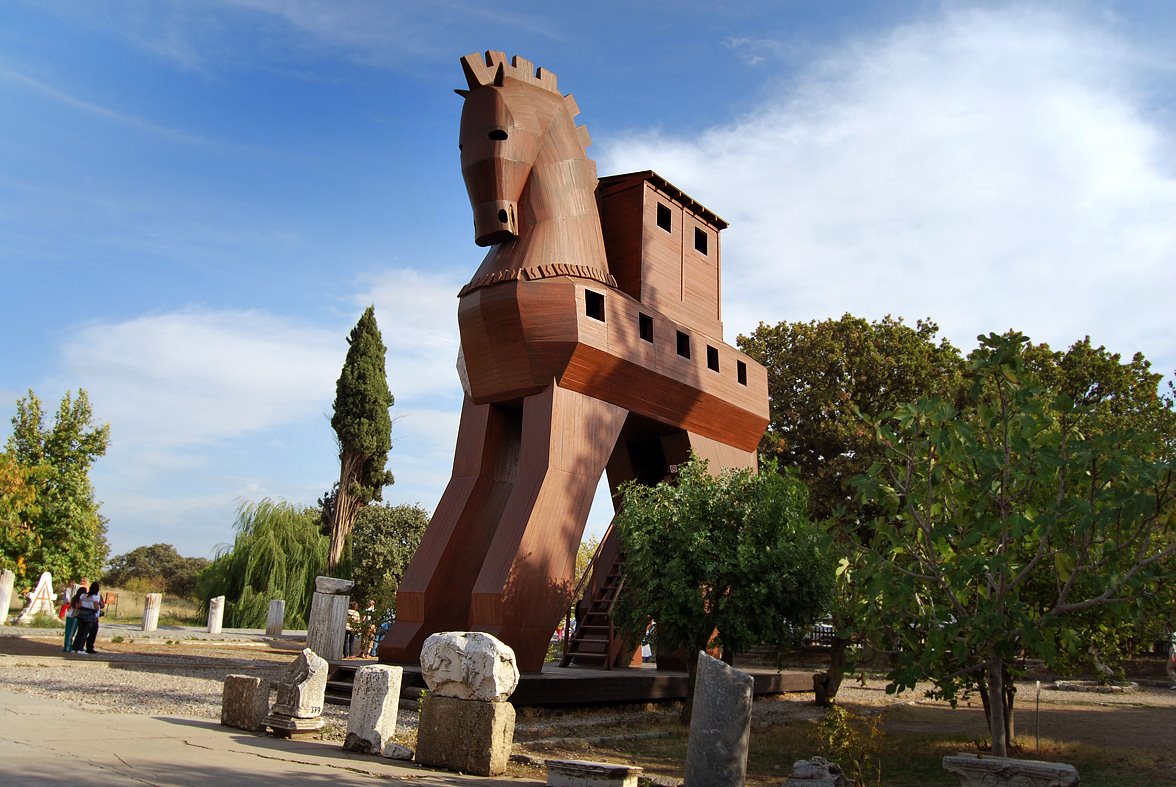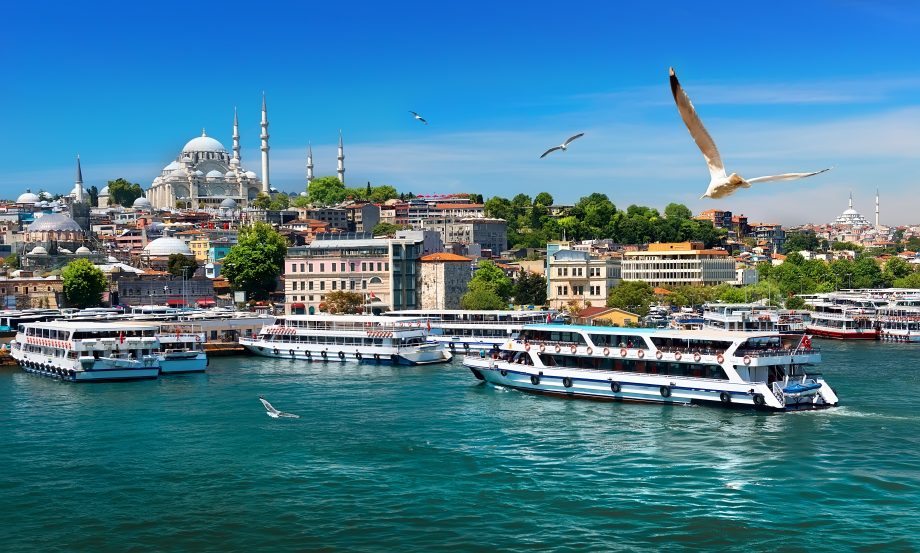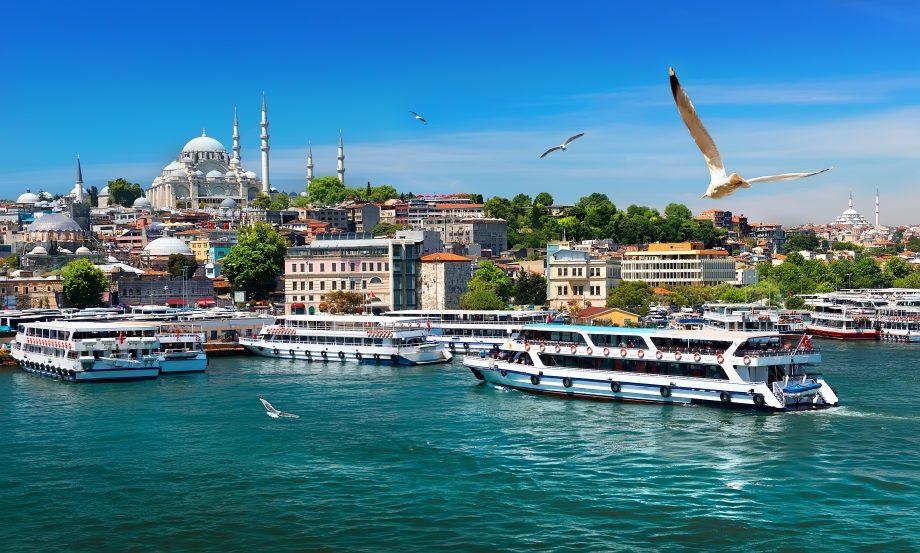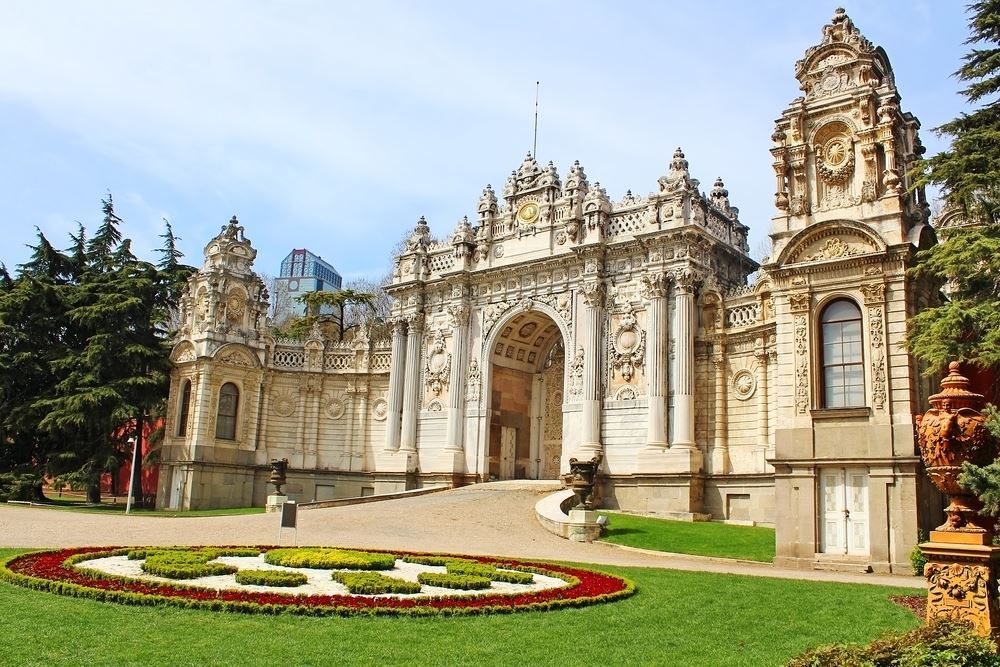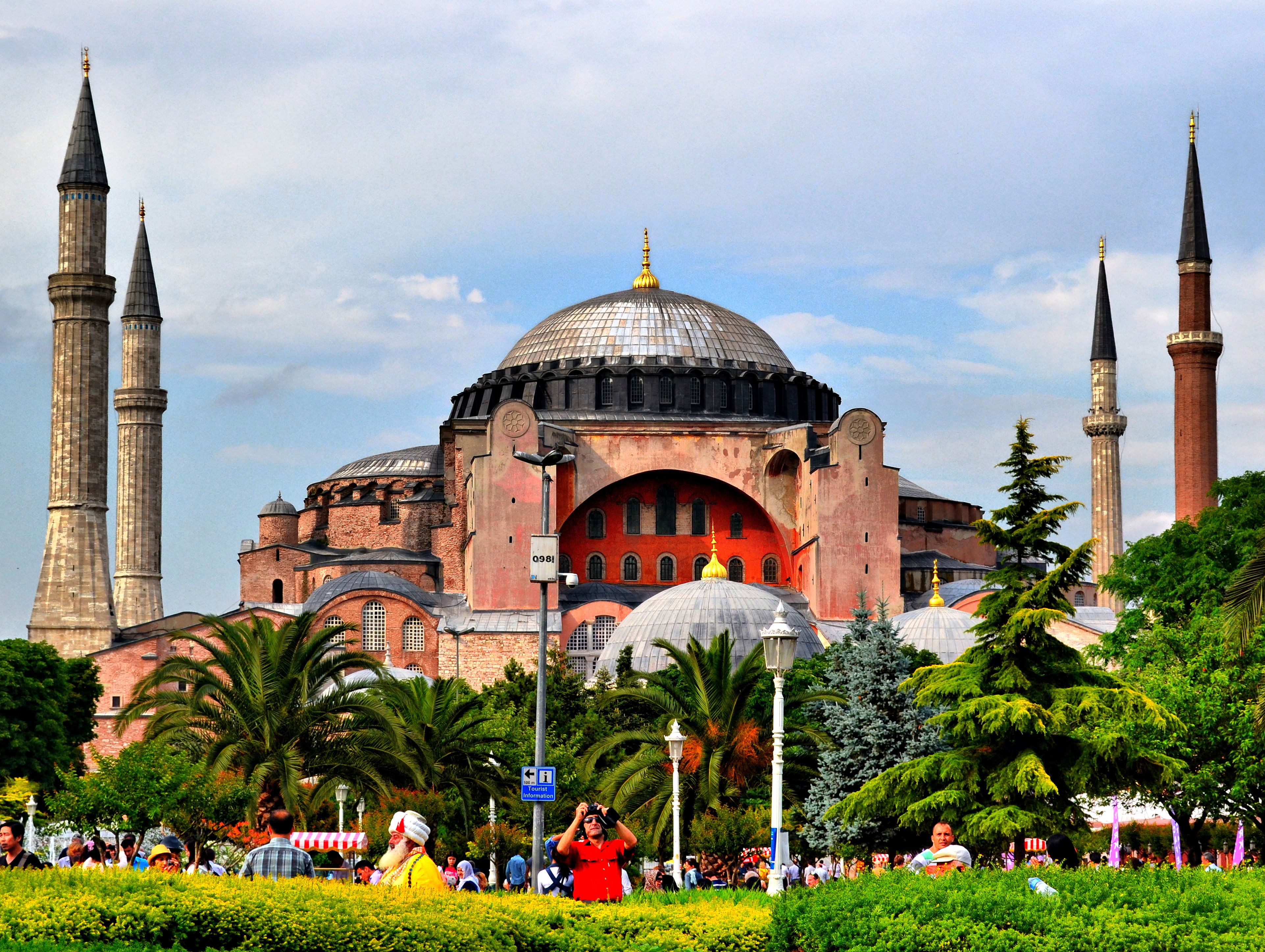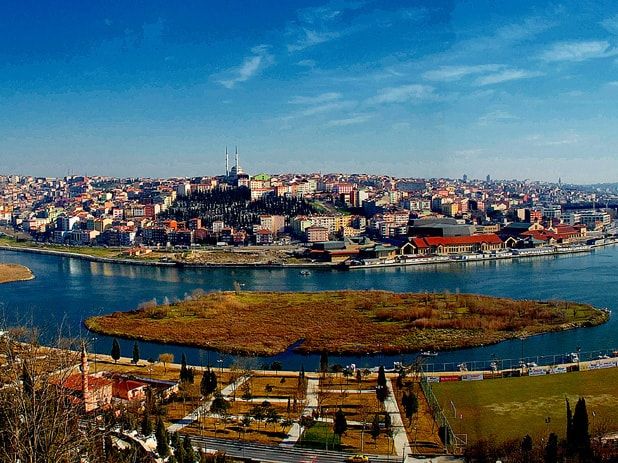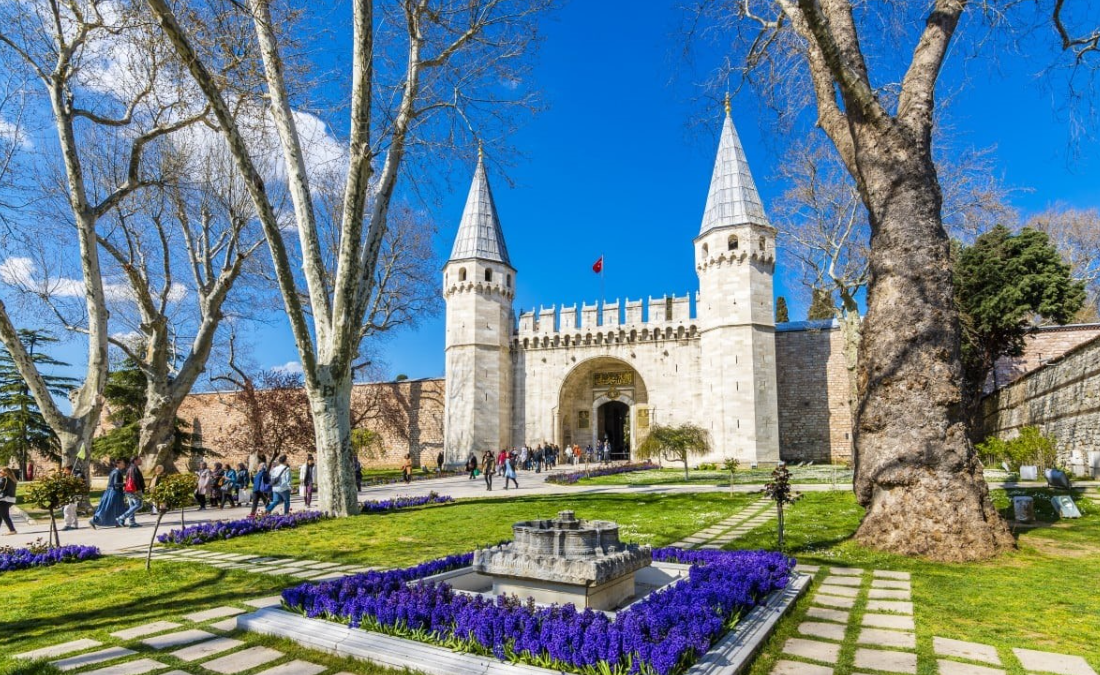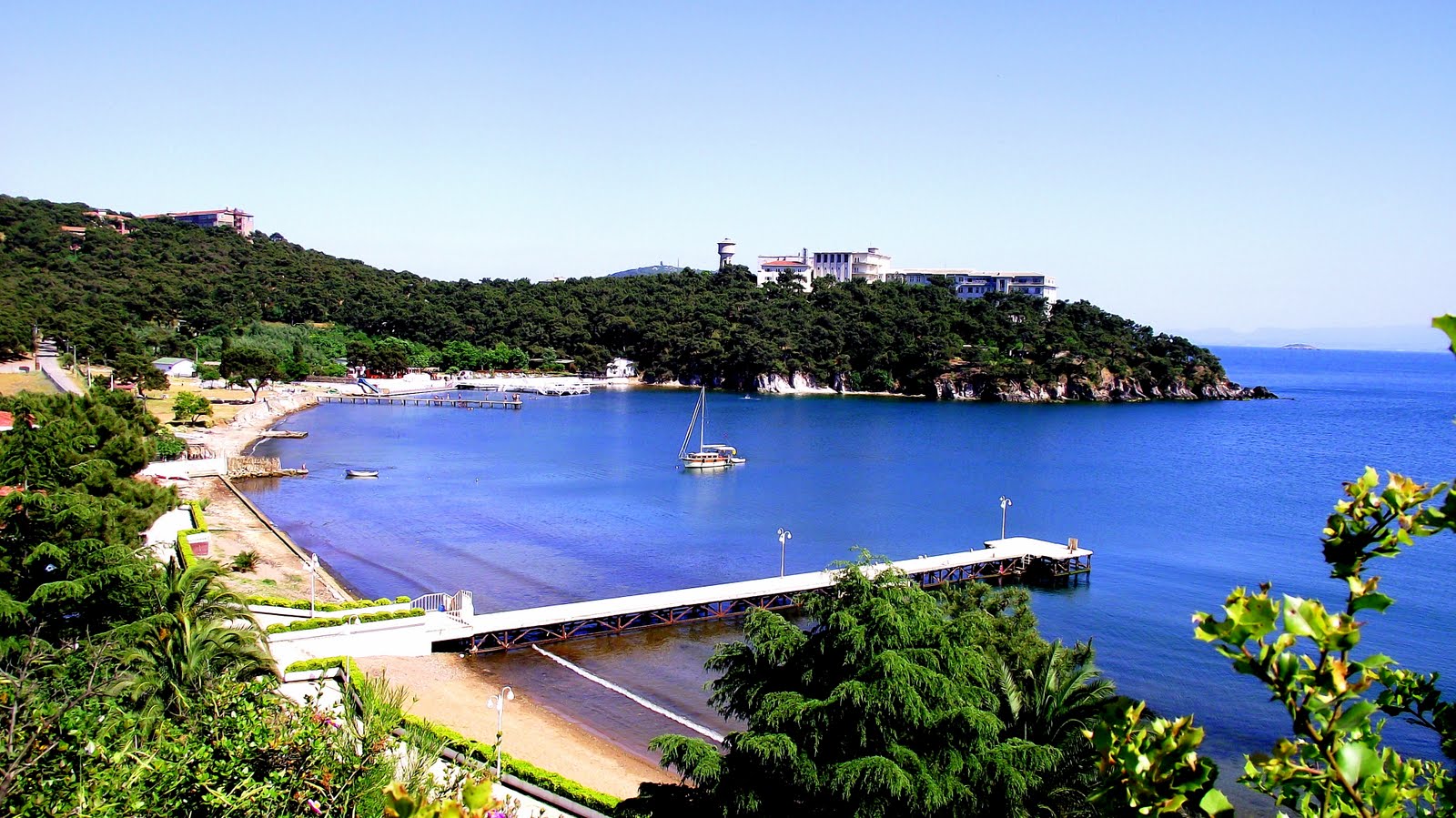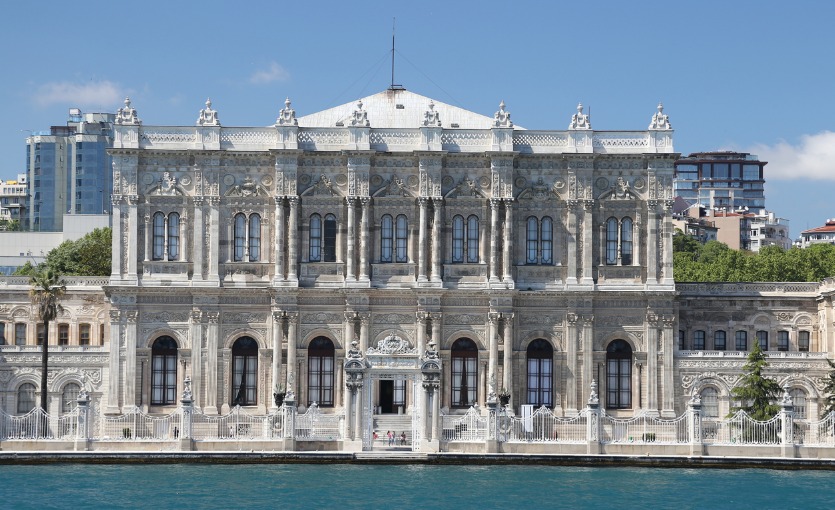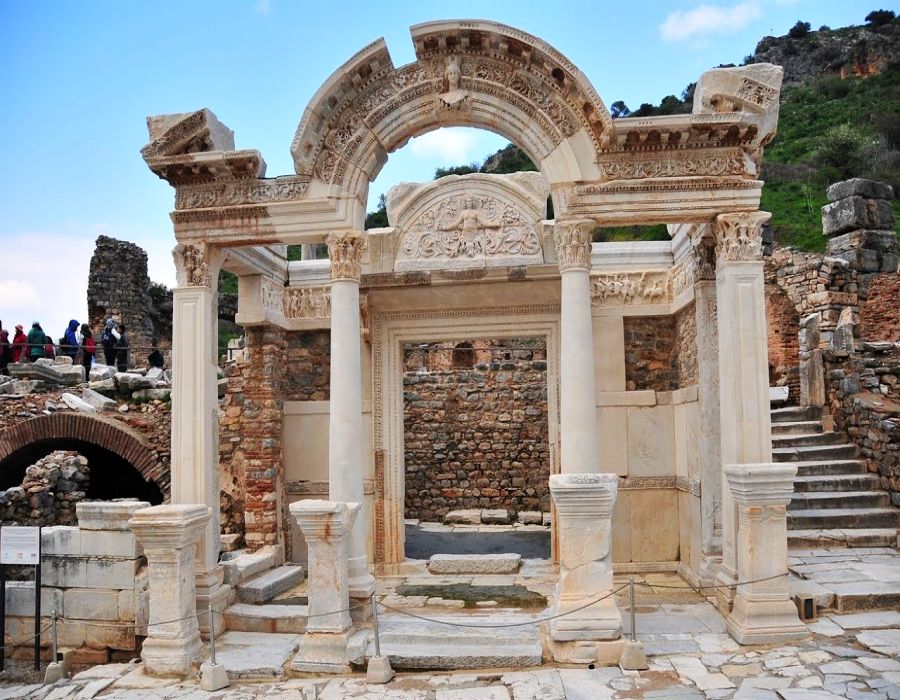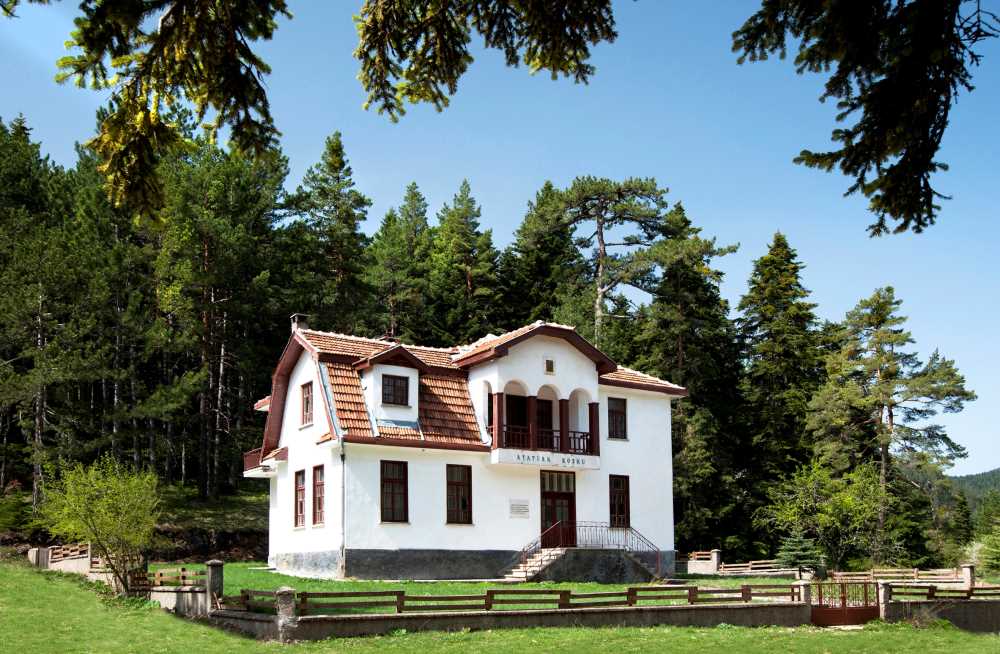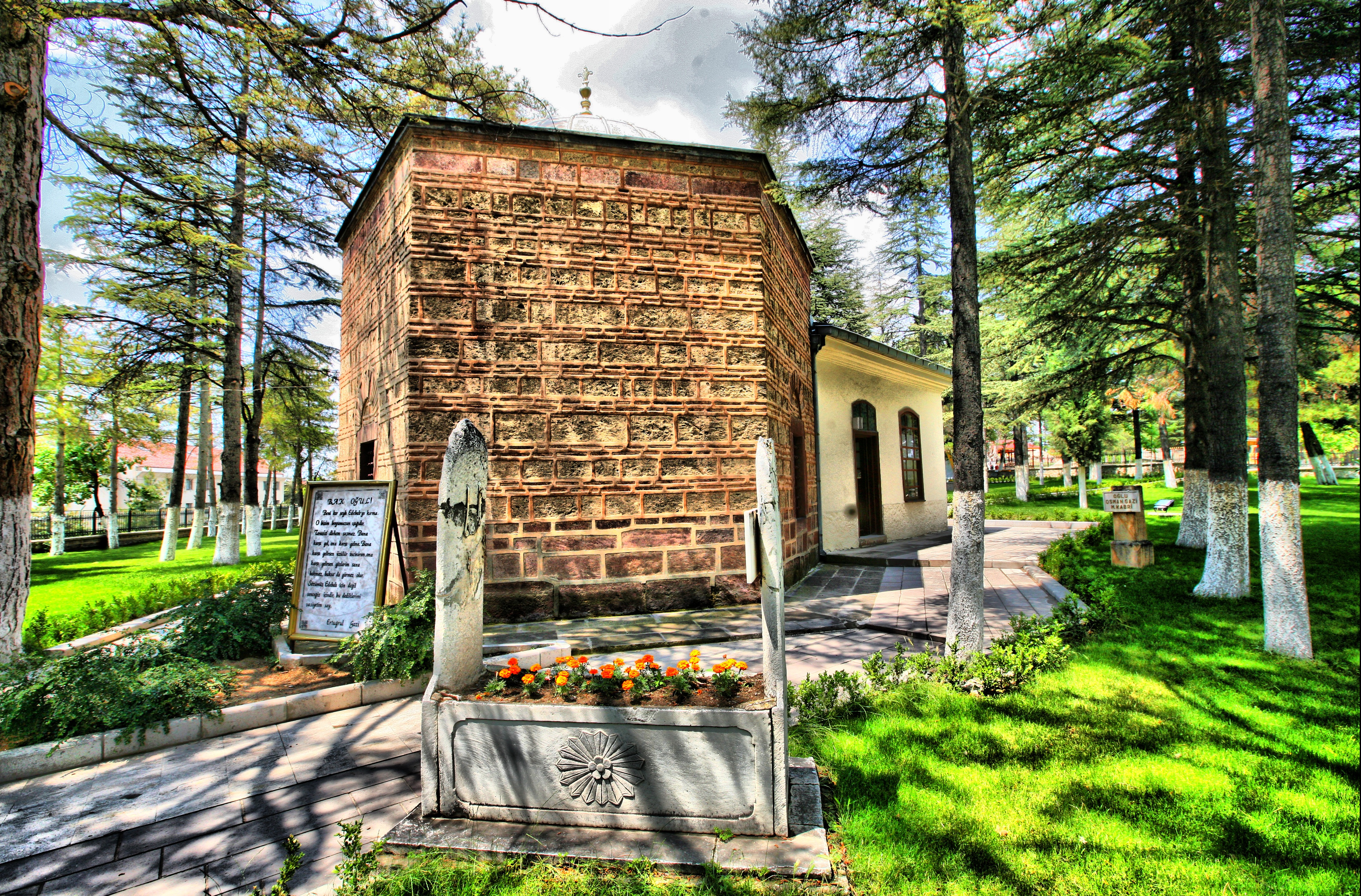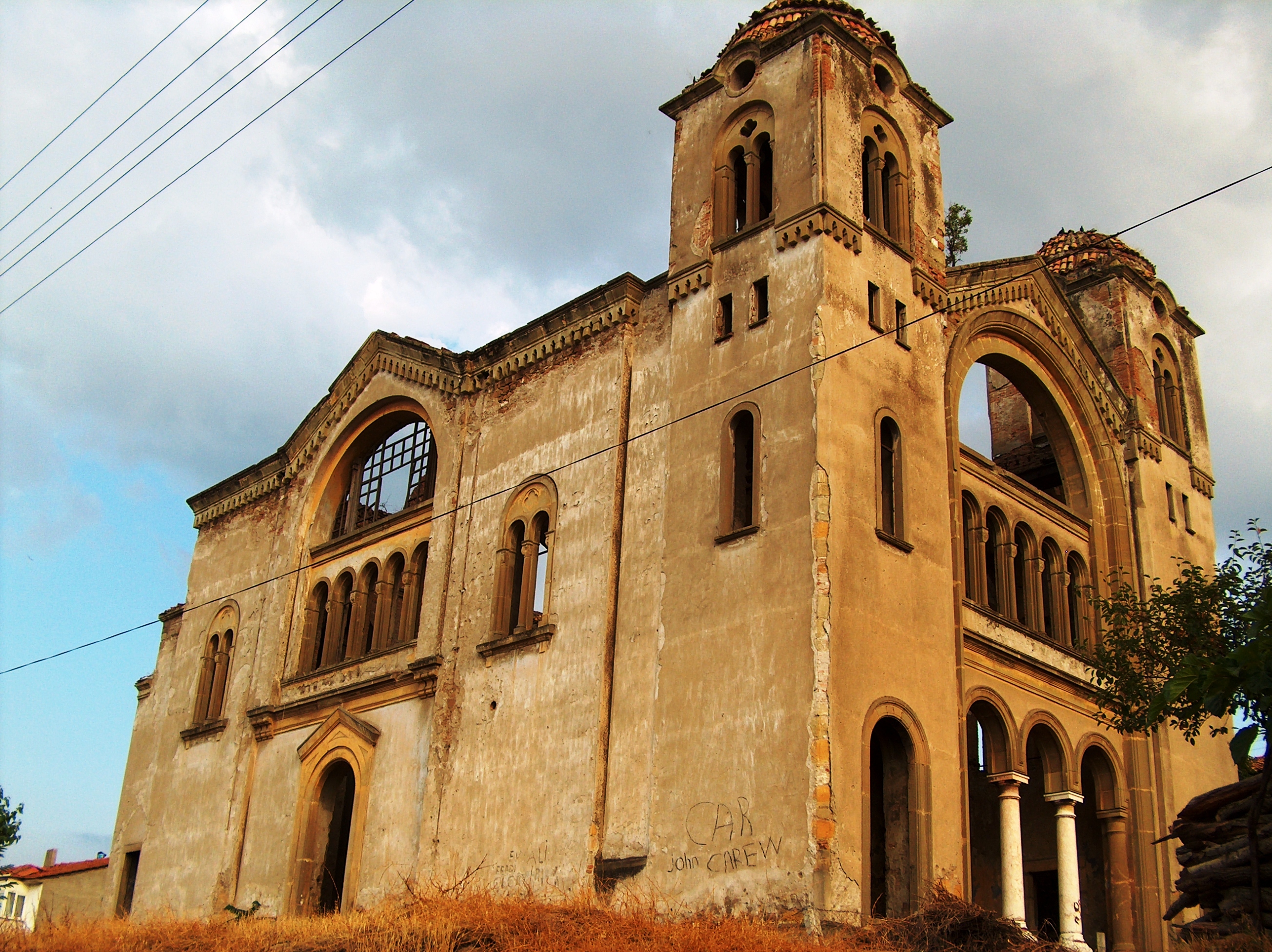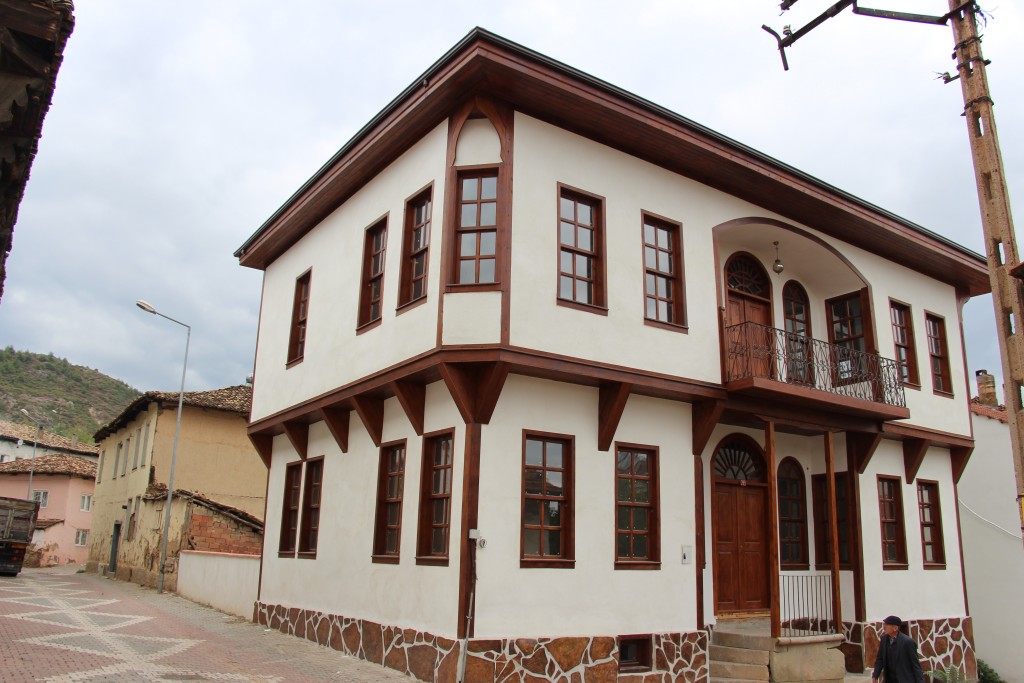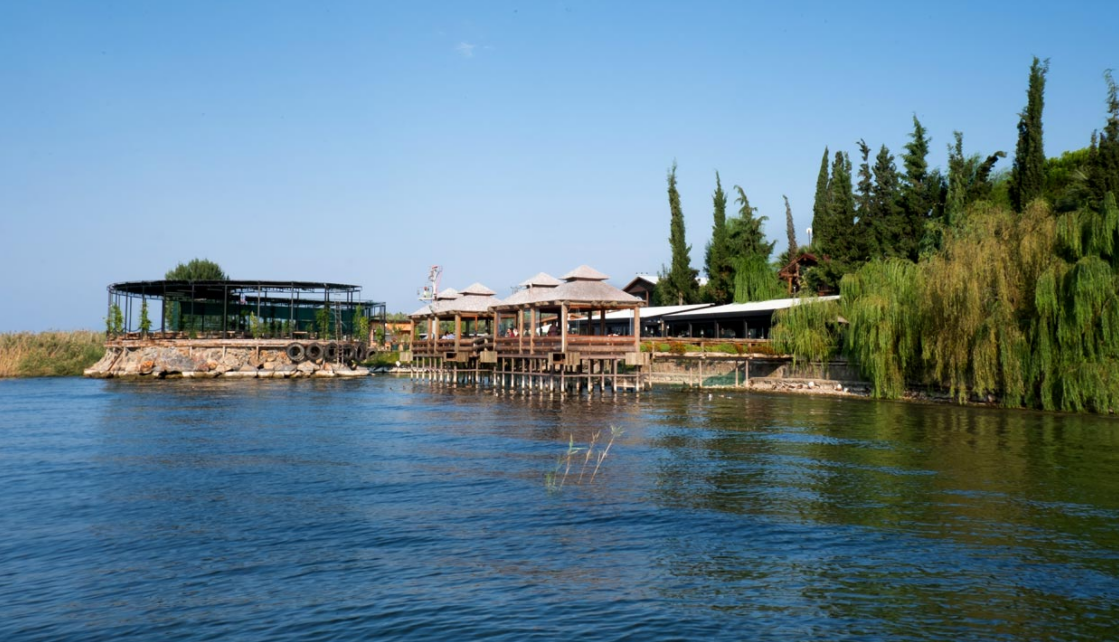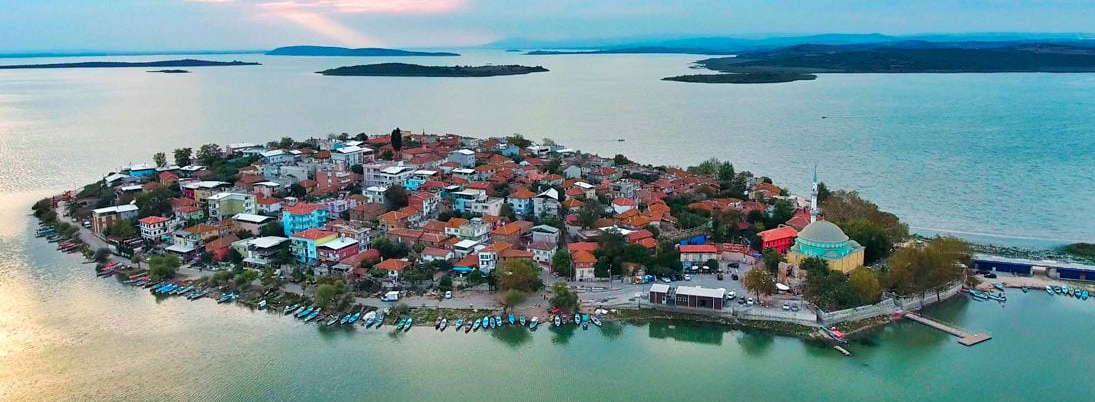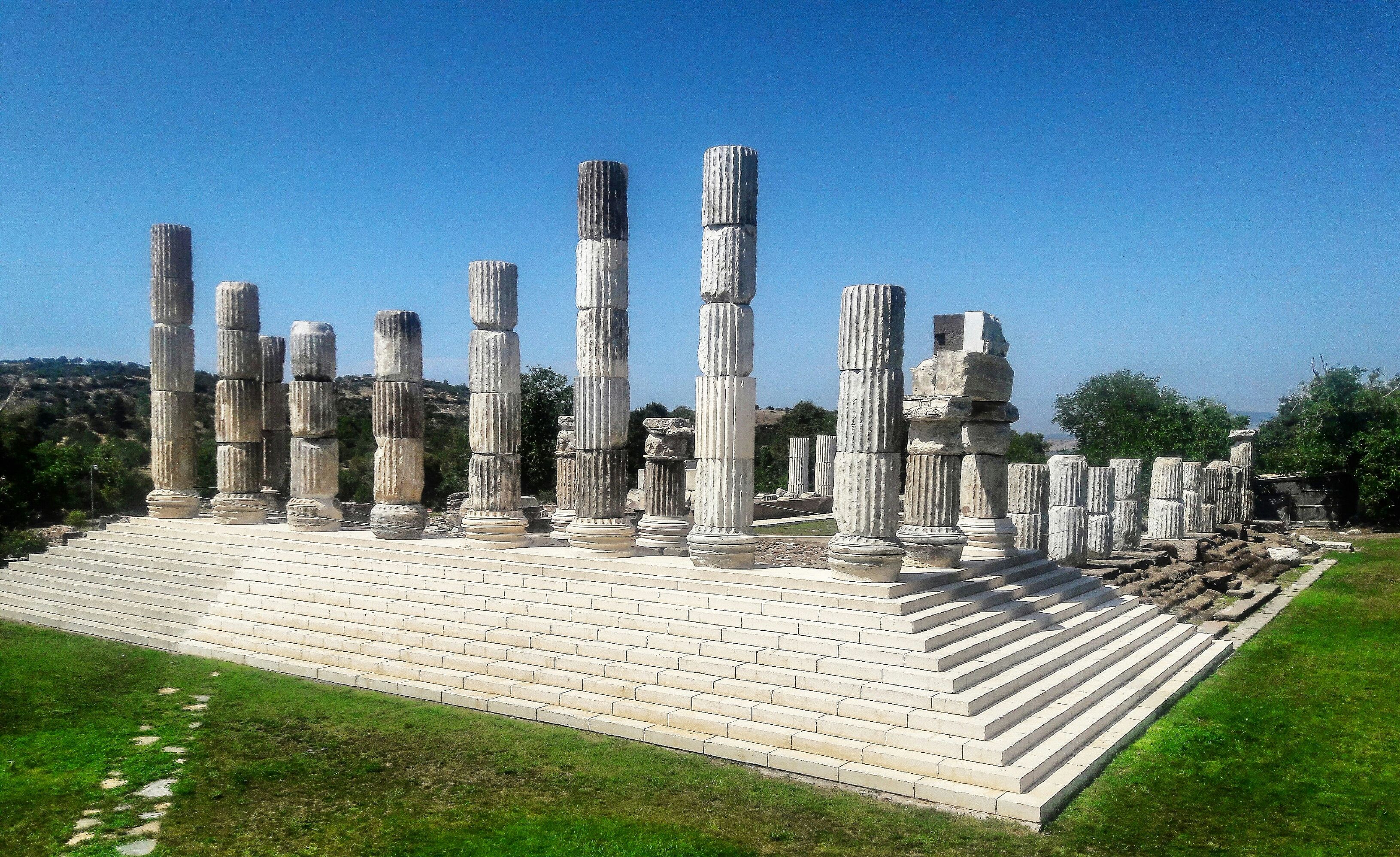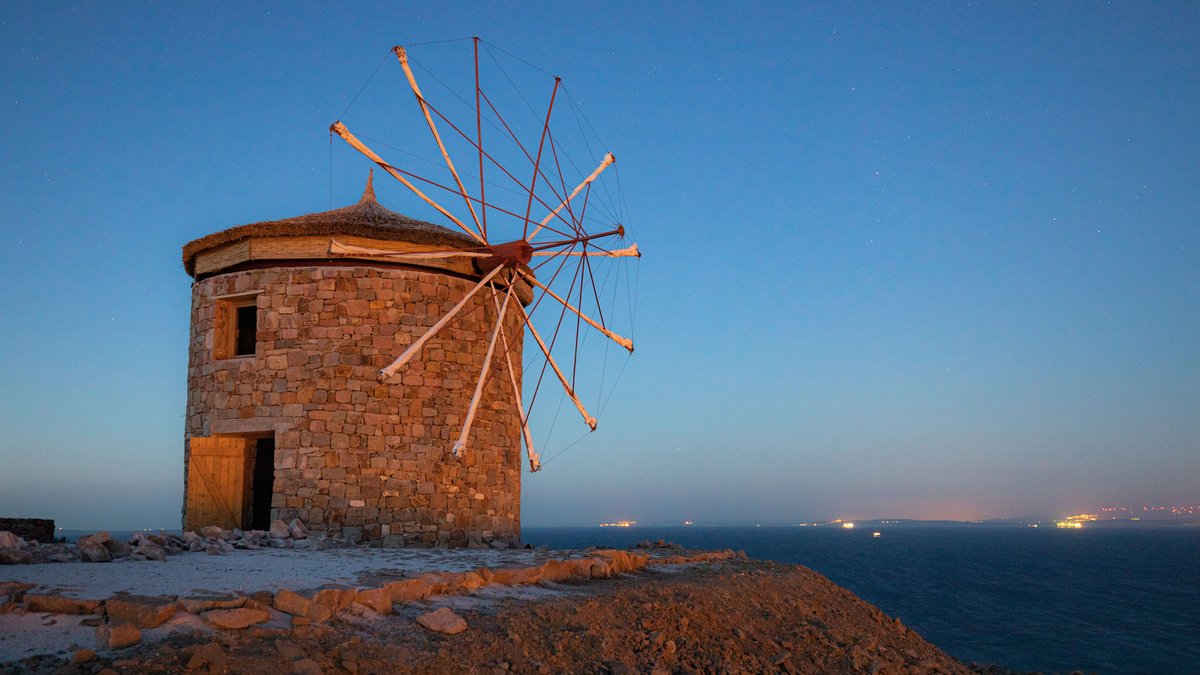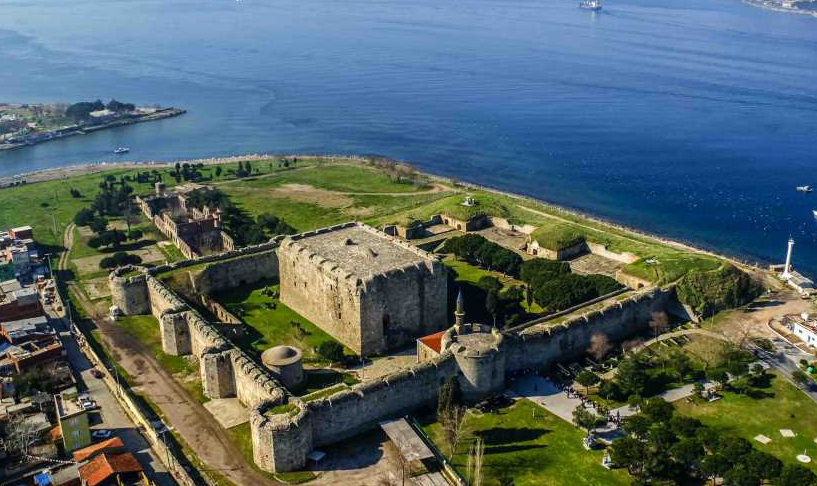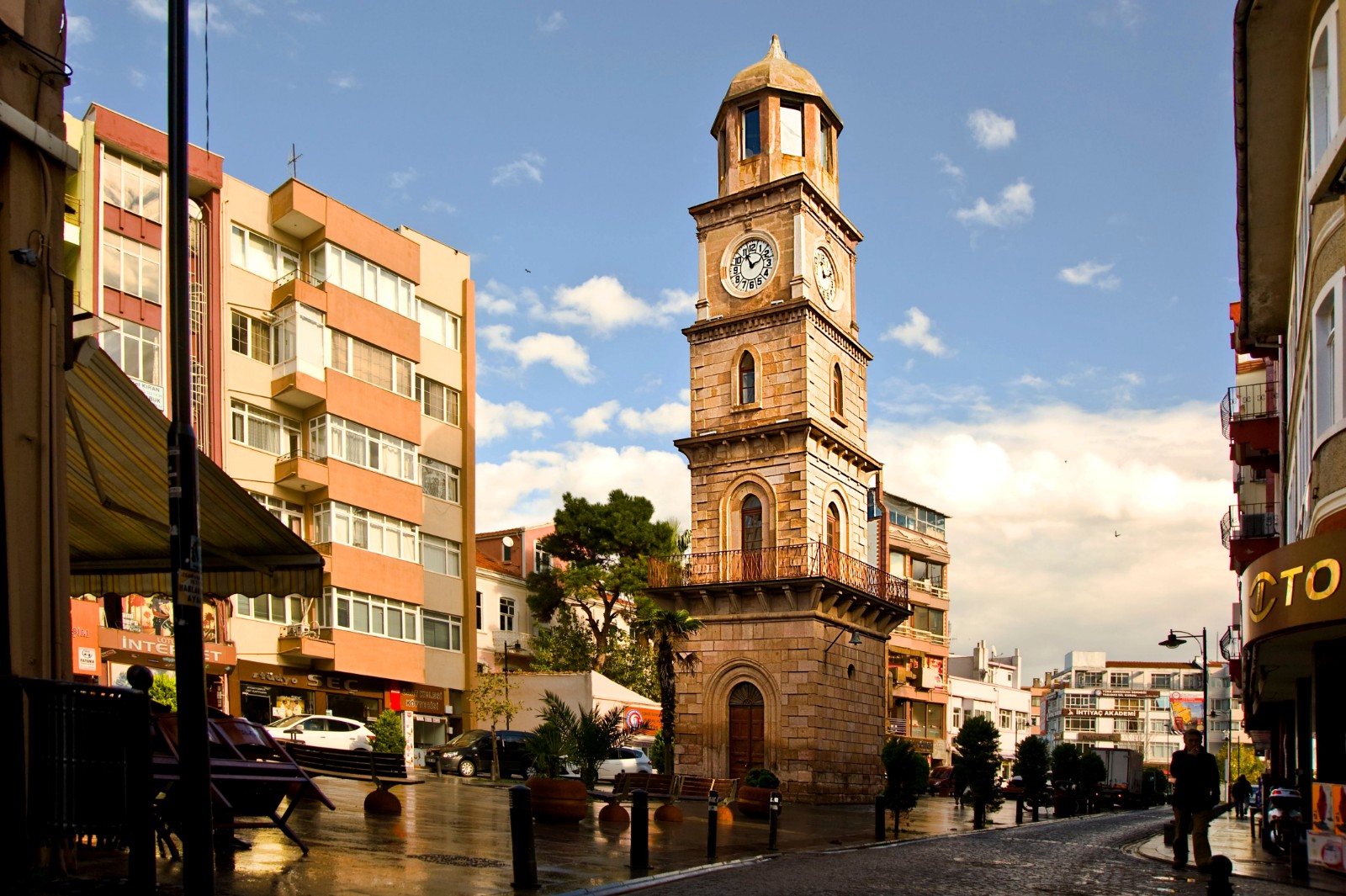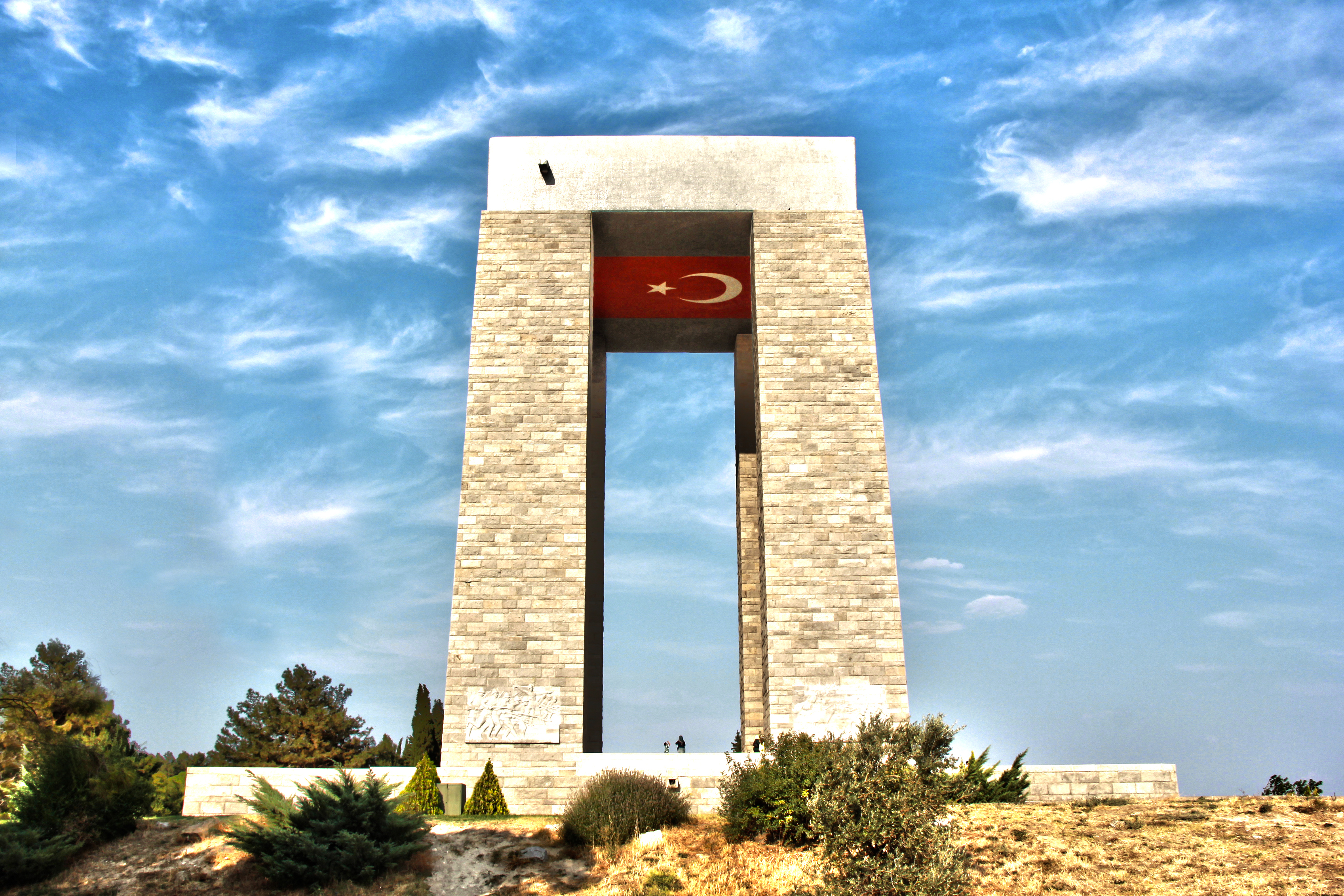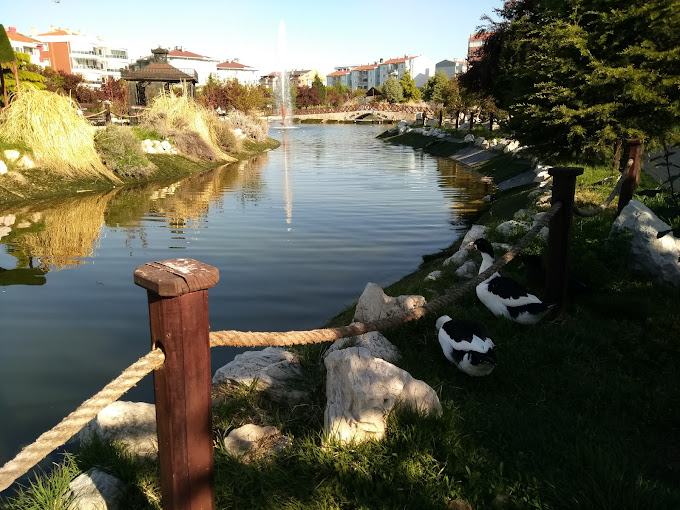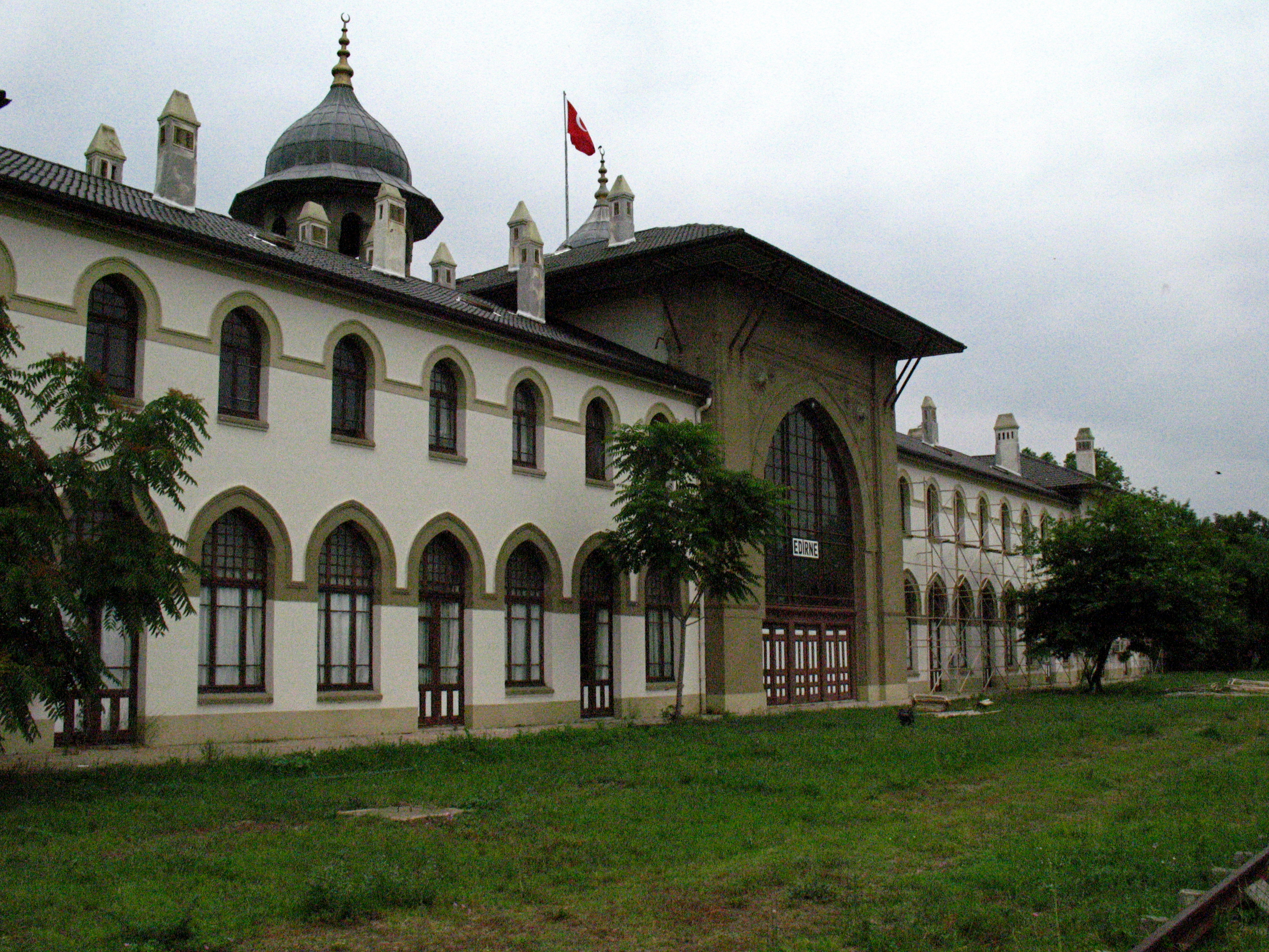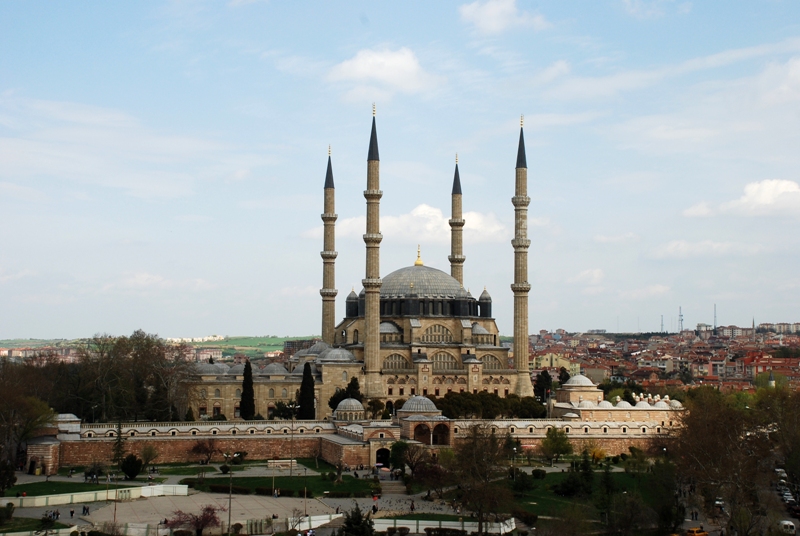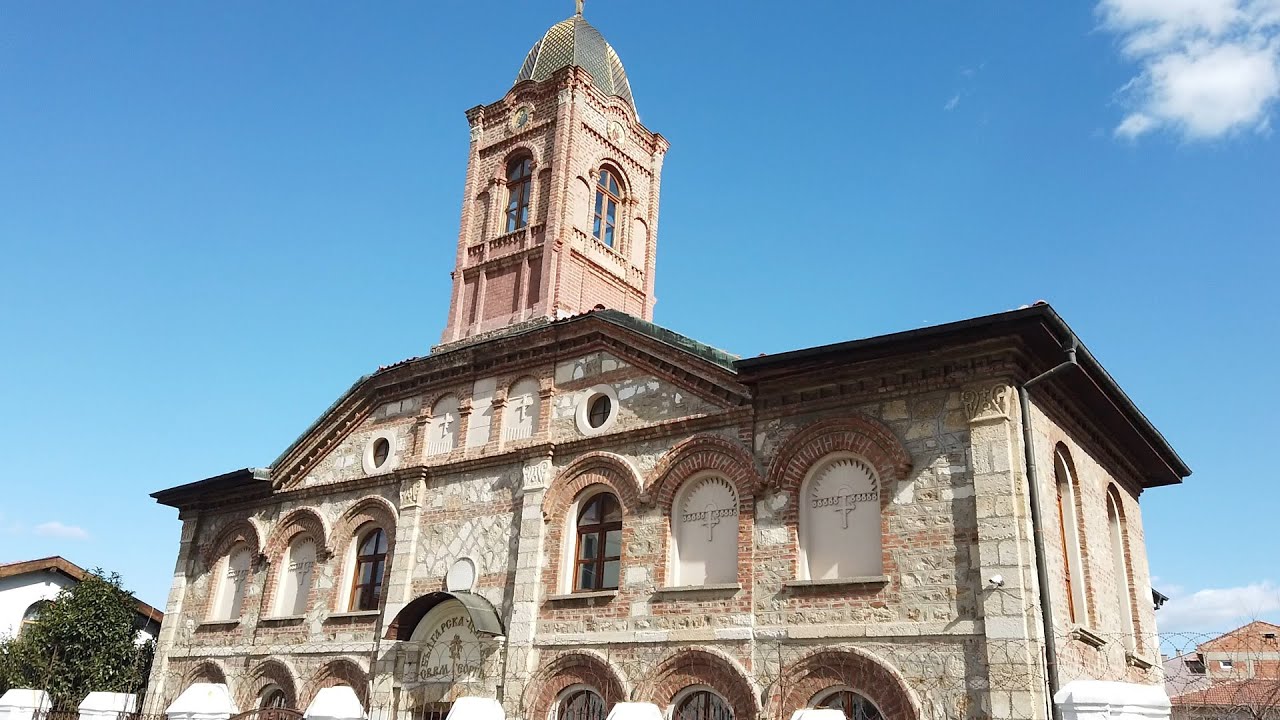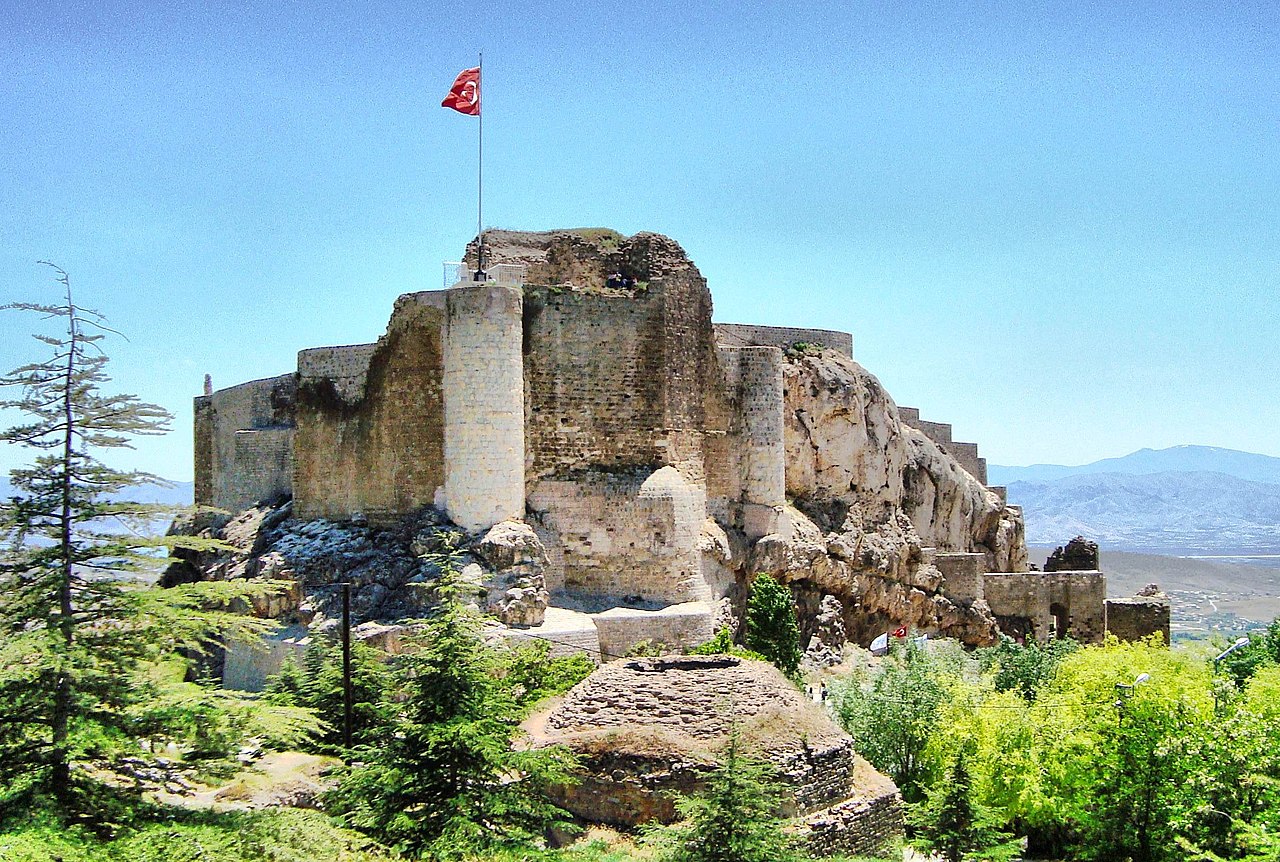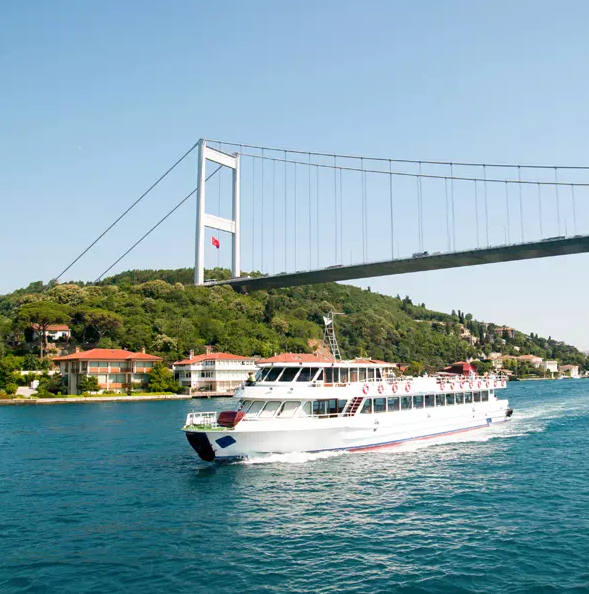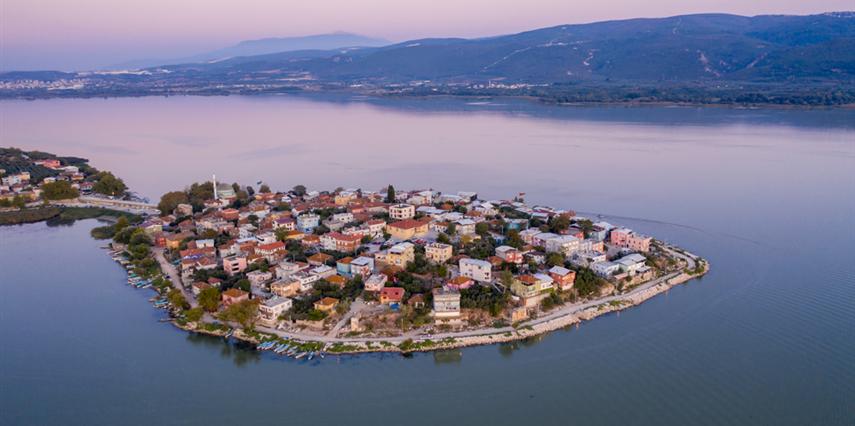Silivri
Silivri is a district of Istanbul province in the Marmara Region. It is a coastal city located on the D-100 (former E-5) highway, 69 kilometers west of Istanbul city center. Silivri castle and town on the Sea of Marmara, ancient Selymbria Courtesy of Gürhan Altan, Istanbul The gate of Silivri Castle on a hill by the sea is today a city park. Selymbria or Selybria Silivri in ancient Greek owed its historical importance to its natural harbor and its location on important commercial routes. It was a Megara colony built on a 56 m high steep hill to the east of the bay, but excavations show that it was a Thracian settlement before it became a Greek colony. According to Strabon, the name of the city is a combination of the name of Selus, the mythological founder of the city, and the word that Strabon thought was used for the police "bria" in the Thracian language. However, this did not mean police and had another meaning. Selymbria is the birthplace of the physician Herodicus and was an ally of the Athenians in 351 BC. The city, which was able to maintain its autonomy until the second half of the 2nd century BC, came under the control of its neighbors Byzantion and Perinthos in the following centuries as they became stronger. The settlement developed into a village under the rule of the Roman Empire. In the early 5th century, during the reign of the Byzantine emperor Arcadius (377–408), the city's name was officially changed to the Greek Eudoxiopolis (Εὐδοξιόπολις), after his wife Aelia Eudoxia, but this name did not survive. In 805 AD the Bulgarian Khan Krum sacked the town. At the end of the 9th century, when the Byzantine Empire was under attack from Saracen pirates and Russians, Emperor Alexander III. Michael built a castle on the hill, the ruins of which still stand. With the Fourth Crusade and the fall of Constantinople to the Latin Empire in 1204, the castle fell in rapid succession to the Latin Empire, the Bulgarians, and again to the Latins, and finally in 1247 the Byzantine successor, who managed to recapture Constantinople in 1261 and reestablish the empire It was captured by the Nicaean Empire. In 1346, the Ottomans defeated Emperor Henry VI. John V (1292–1383) allied himself with the claimants to his throne and helped them against his rival John V (1332–1391). In the same year, Sultan Orhan Gazi, VI in Selymbria. He married John's daughter Theodora. In 1399, Selymbria fell to the Ottomans, marking their complete siege of Constantinople in Europe by land. Many contemporary observers believed that from then on it was only a matter of time before the Ottomans took the Byzantine capital. However, after suffering a disastrous defeat against Timur, the Ottomans returned Selymbria and some other possessions to the Byzantines in 1403. It was occasionally attacked by the Ottomans in the following years, but was not captured. During the Conquest of Constantinople in 1453, Selymbria rebelled with Epibatos against the Ottoman armies and surrendered only after the city fell. Selymbria only extended outside the walls during the Ottoman period because non-Muslim inhabitants such as Greeks, Armenians and Jews lived within the walls, and the Turks built their houses outside the walls on the coast. While non-Muslims were mostly engaged in grape, wine and silk production, Turks earned their living by fishing and making yoghurt. The town was a summer resort in the Ottoman period as well as in the Byzantine period. Just west of Silivri, by order of Suleiman the Magnificent, the architect Mimar Sinan built a stone bridge with 33 arches in 1562. The historical bridge called "Uzunköprü" is still used today, but its arch is not visible due to collapse. Before World War I, some Silivri Jews emigrated to the town of Camagüey, Cuba. Russians occupied Silivri on 5 February 1878 for 1 month until 3 March 1878. Bulgarians occupied it for 9 months, from 16 November 1912 to 30 May 1913. According to the 1914 Ottoman population statistics, Silivri district had a total population of 16,470, including 10,302 Greeks, 3,759 Muslims, 1,427 Jews, 781 Armenians, 103 Bulgarians and 98 Gypsies. During the war, many more Sephardim in the city left as conditions worsened due to the war. Many of these Turkish Jews immigrated to the United States, settling primarily in New York and Seattle. Others went to Palestine, France and South America. According to the Treaty of Sevres, Silivri joined Greece on July 20, 1920. However, the Italians took over from the retreating Greek troops on 22 October 1922, according to the Armistice of Mudanya. Finally, Turkish forces entered Silivri on November 1, 1922. It was part of the Çatalca province between 1923 and 1926, and was annexed to the Istanbul province in 1926. It was enlarged by the merger of Gümüşyaka (formerly known as Eski Ereğli) village in Çorlu district.





